|
Chicory is a widespread herb growing mainly in waste areas - roadsides, fields, etc.
Blue flowers line long stems spotted with clasping leaves, this plant can grow up to 6ft tall. The long taproot is often roasted and used as a substitute for coffee. The young tender leaves can be used in salads or as cooked greens.
0 Comments
Edging ponds and marshes, these stout-stemmed perennials grow to be 4 to 8 feet tall and are often found in dense clusters. Their dense, brown, cylindrical flowering spike can be found now through autumn before it becomes a downy mass of white. Atop the brown cylindrical female flower is a yellowish, club-like spike of tiny male flowers. Cattails are a great nesting site for red-winged blackbirds, duck, geese, and fish. Muskrats and beavers enjoy eating the shoots and roots, while teal ducks, finches, and least bitterns eat the seeds. The rootstock is mostly starch and is edible;l it was ground into meal by Native Americans and the early colonists also used it for food. The young shoots can be eaten like asparagus, and the immature flower spikes can be boiled and eaten like corn on the cob. Medicinally American Indians poulticed the roots into a jelly-like substance to cure wounds, sores, boils, inflammations, scalds, and burns. Lurking in your garden, around your flowerbeds, in the cracks of your sidewalk - Purslane! A flowering succulent, purslane resembles a small jade plant, keeping low to the ground it branches out in an almost circular pattern. Stem is a reddish color with no hairs, leaves are green to yellow-green, small yellow flowers bloom June-July.
Similar plant is the hairy-stemmed spurge which is poisonous, to distinguish between the two, 1.hair stem and 2. the spurge will emit a milky sap similar to that of a milkweed plant when broken and squeezed. Purslane is a great addition to salads and sandwiches. It can also be used as a potherb (cooked like spinach). The taste is similar to watercress or spinach. It's ideal to eat the fresh young plants raw, as they get older they're better cooked. This plant is also a great vegetable source of omega-3 fatty acids and antioxidants. For over 2000 years people have been using this plant as food and medicine. Purslane in ancient times was looked upon as an anti-magic herb, strewn around a bed was said to afford protection against evil spirits. Ancient Romans used purslane to treat dysentery, intestinal worms, headache, and stomachache. It was also used in ways to relieve dry coughs, shortness of breath, cure inflammation and sores. "It was supposed to cool 'heat in the liver' and to be excellent for 'hot agues,' and all pains in the head 'proceeding from the heat, want of sleep or the frenzy,' and also to stop haemorrhages. The herb, bruised and applied to the forehead and temple, was said to allay excessive heat, and applied to the eyes to remove inflammation. Culpepper says: 'The herb if placed under the tongue assuayeth thirst. Applied to the gout, it easeth pains thereof, and helps the hardness of the sinews, if it come not of the cramp, or a cold cause.' The juice, with oil of Roses, was recommended for sore mouths and swollen gums and also to fasten loose teeth. Another authority declared that the distilled water took away pains in the teeth, both Gerard and Turner telling us too, that the leaves eaten raw are good for teeth that are 'set on edge with eating of sharpe and soure things.' The seeds, bruised and boiled in wine, were given to children as a vermifuge." The roundleaf sundew is a native insectivorous plant that grows white or pinkish flowers near the bent end of a slender stalk that grows from a small basal rosette of reddish, round, sticky leaves.
The moist glistening drops on the leaves are sticky and small organisms get stuck in the 'dew'. Longer-stalked glands near the edge of a leaf slowly bend inward, securing and placing an entrapped organism in the digestive area of stalkless glands. Sundews can be found in area bogs as they are able to survive on nutrient-poor soils where other plants are at a disadvantage. Images below were take at Brown's Lake Bog Growing in low waste areas, the pineapple weed closely resembles its cousin chamomile only without the petals and the height.
Pineapple weed flowers and leaves can be used in salads, as a tea, or dried and crushed to be used as a flower. However the pineapple weed flowers may become bitter by the time the plant blooms (they're still okay to eat though). This great plant has been used for medicinal purposes including relief of gastrointestinal upset, infected sores, fevers, and postpartum anemia. The dogbane leaf beetle can be found strolling around and munching on the leaves of dogbane, indian hemp, and milkweed plants.
This insect emerges in early summer and lives for about 6-8 weeks. They can be found from the Atlantic coast to Texas, and north to Saskatchewan, Canada. (This one was found in the Funk Wilderness Area). "The dogbane leaf beetle has a special type of color that shines and changes as the insect changes position or we change position looking at it. This changing color is called iridescence. The beetles' iridescence is produced by special body structures and light. The surface of the body parts of this beetle is made up of stacks of tiny, slanting plates, under which is a pigment (substance that produces color). Some light rays reflect from the surface of the plates, and other light rays reflect from the pigment underneath. At different angles, the light reflects at different speeds, causing interference and resulting in our seeing different colors that shine." Located just off of State Route 83 behind the OARDC/ATI campus, the Secrest Arboretum is a local favorite spot for walking, picnicking, gathering, biking, or just relaxing. With a wide variety of gardens and woods there's something for everyone to admire and enjoy. Learn more at their website http://secrest.osu.edu This bright and cheerful wildflower can be found across most of the US with its bright yellow daisy-like flowers with dark centers. This native prarie biennial forms a rosette of leaves in its first year followed by flowers the second year.
This is an important flower to bees, butterflies, insects, and birds. American Indians made tea from the roots of the Black-eyed Susan to expel worms, colds; external wash for sores, snakebites, swelling; and root juice for earaches. It is also an important component in critical area treatment plantings for areas subject to erosion. Below is the Kenwood Acres field at Wooster Memorial Park. The same hill along Spangler's Trillium Trail, each photo taken around the same day of each corresponding month. July - Similar coverage as June with Jewelweed and Nettles being the largest growth. This time both the nettles and the jewelweed were blooming as were the ramp flowers. JulyFound in forests and damp woods this accessible plant is also a great helper. It can be used for many purposes but its claim to fame is as a treatment for poison ivy, stinging nettles, and other skin irritations.
When you come across a patch of stinging nettles you'll almost always find a jewelweed plant. If you're out in nature and find you've been exposed to poison ivy, oak, or stinging nettle you can find a jewelweed plant, slice the stem, then rub its juicy inside on exposed parts. This will promptly ease irritation and can prevent breakout. You can also make an infusion by boiling the leaves, freezing the serum, and use them at a later date. To do this, brew chopped jewelweed stem and leaves in boiling water until you get a dark orange liquid (yellow jewelweed will not yield an orange colour and may not be effective), strain the liquid, pour into ice cube trays. These will keep in the freezer for up to a year. In the state of Ohio we have 7 different species of Plantain - Major, Aristata, Cordata, Lanceolata, Patagonica, Rugelii, and Virginica. The most common are the Major (shown above) and the lanceolata aka narrowleaf aka english plantain aka ribwort aka buckhorn.
Plantain is a helpful, edible and medicinal plant. The young leaves are edible raw in salads or can be cooked (like spinach). They are very rich in vitamin B1 and riboflavin. This plant has a long history of use as a medicinal plant dating back to ancient times. Some referred to it as a life medicine due to its many uses. The leaves and seeds can be used to treat asthma, emphysema, bladder problems, bronchitis, fever, and more. A decoction of the roots can be used in treatments of a wide range of complaints including IBS and coughs. It has been used to stop smoking as it causes a natural aversion to tobacco. The most popular use of this plant is as a remedy for skin irritants and minor flesh wounds. A Poultice of heated leaves have been shown to stop blood flow and to encourage the repair of damaged tissue to minor bleeding. It has also been shown to be effective as a dressing for wounds, skin inflammations, cuts, stings, and swellings. A great ground-cover and found in most everyone's yard, the white clover is a summer classic.
What you may not know is this plant is quite edible. The leaves can be eaten raw (before blooms form in salads) or cooked (like spinach), flowers can be dried and made into a tea, or eaten fresh (only when they're white or pink, never once they start browning). Interesting fact about the clover - it's in the pea family and its blossom consists of a bunch of pea-like blossoms called 'wings and keels'. As a medicinal plant, the flowering heads have been used to purify and cleanse the blood, clense boils, sores, wounds, etc., heal disorders and diseases of the eye. A tea has also been used in the treatment of coughs, colds, and fevers. A tincture of the leaves can be applied as an ointment to gout. Northern Lady FernNorthern Lady Fern is very common throughout our area, enjoying moist woods, swamps, thickets, and fields. It is a rather large, showy, vigorous fern with lacy-cut, medium to yellow-green deciduous fronds growing in fairly compact, irregular but somewhat circular clusters.
Christmas FernThis fern can be easily identified by its dark green pinnae with an almost leathery appearance, in late spring/early summer the underside of fertile fronds produce dark brown to bright orange spores with which the plant is able to reproduce.
This fern is an evergreen - sterile fronds and non-fertile portions of fertile fronds remain green through the winter, although they are often flattened by snow. Some say the name Christmas Fern comes from the shape of the fern's pinnae (individual leaf on the fern) saying it resembles that of a Christmas stocking. |
AboutSince 2015 we have been exploring and sharing all the amazing things we’ve found in nature. AuthorEmily is an Ohio Certified Volunteer Naturalist who is most often found out in the woods. Archives
March 2024
Categories
All
|


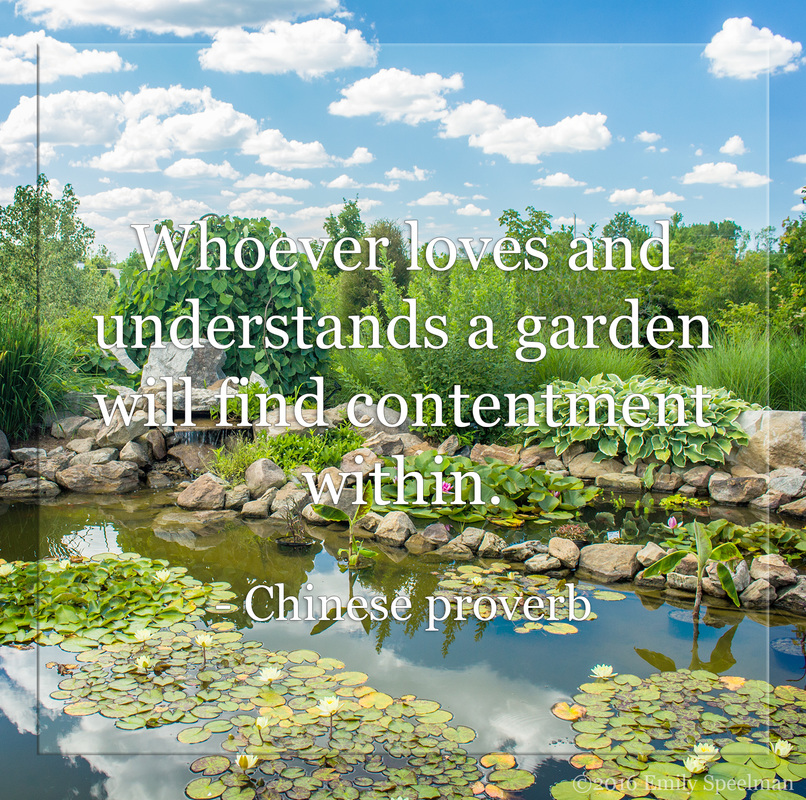


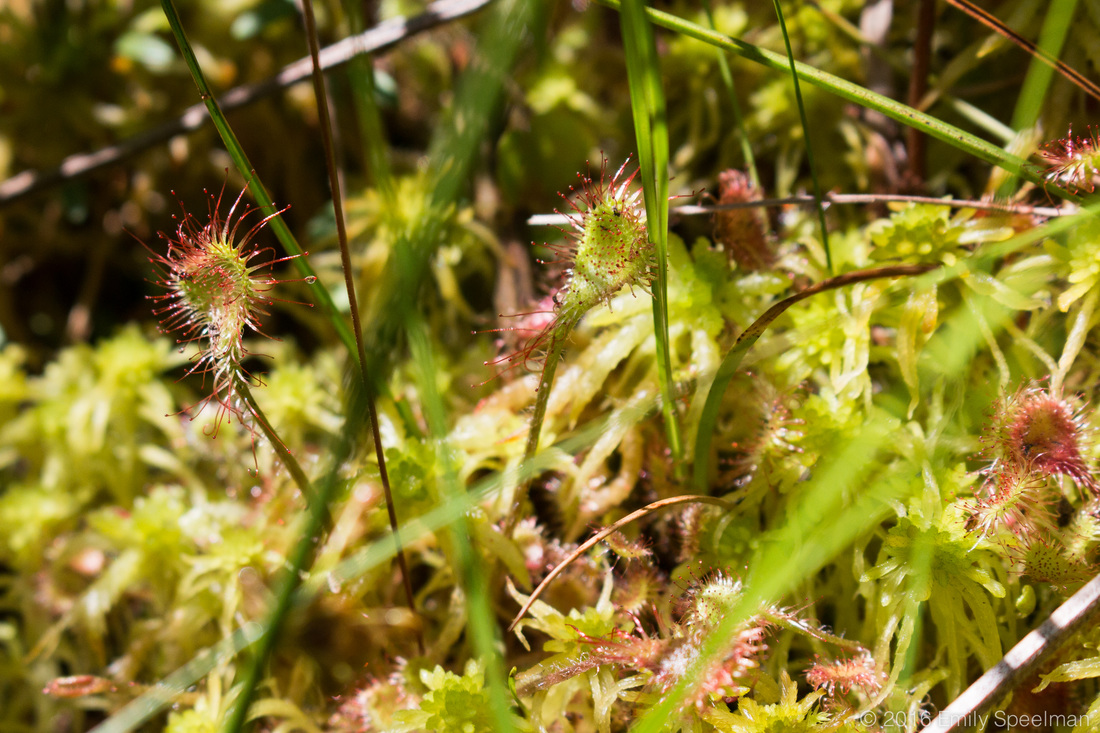

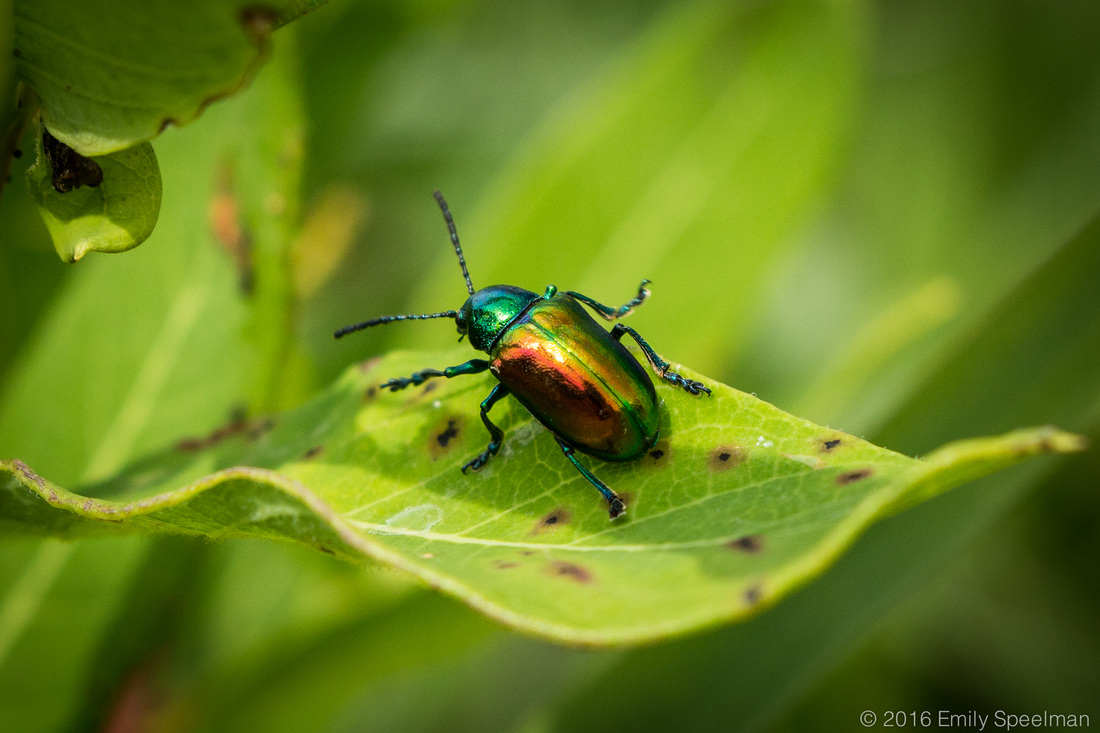
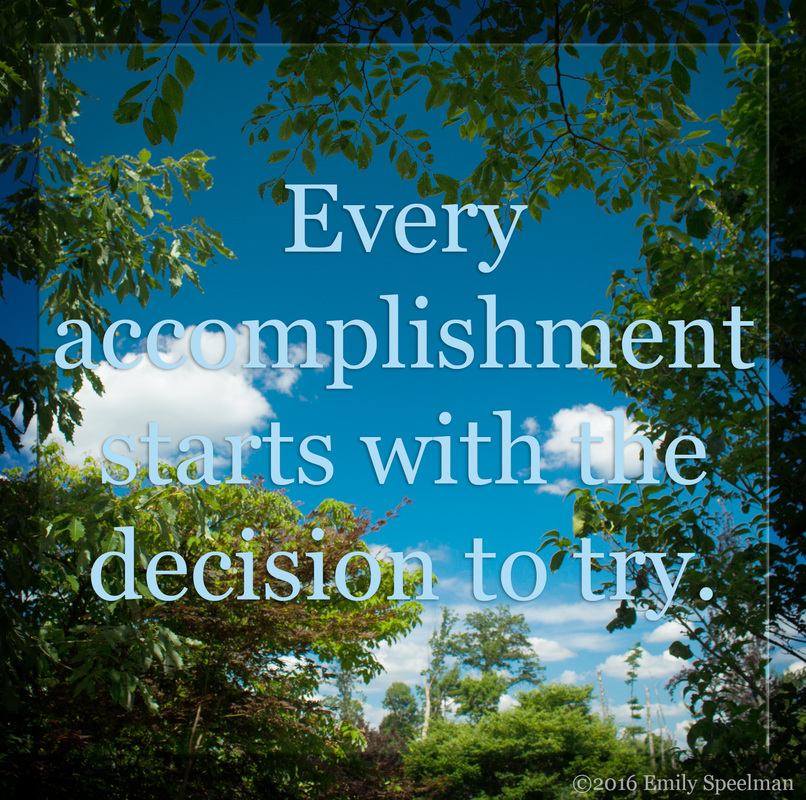
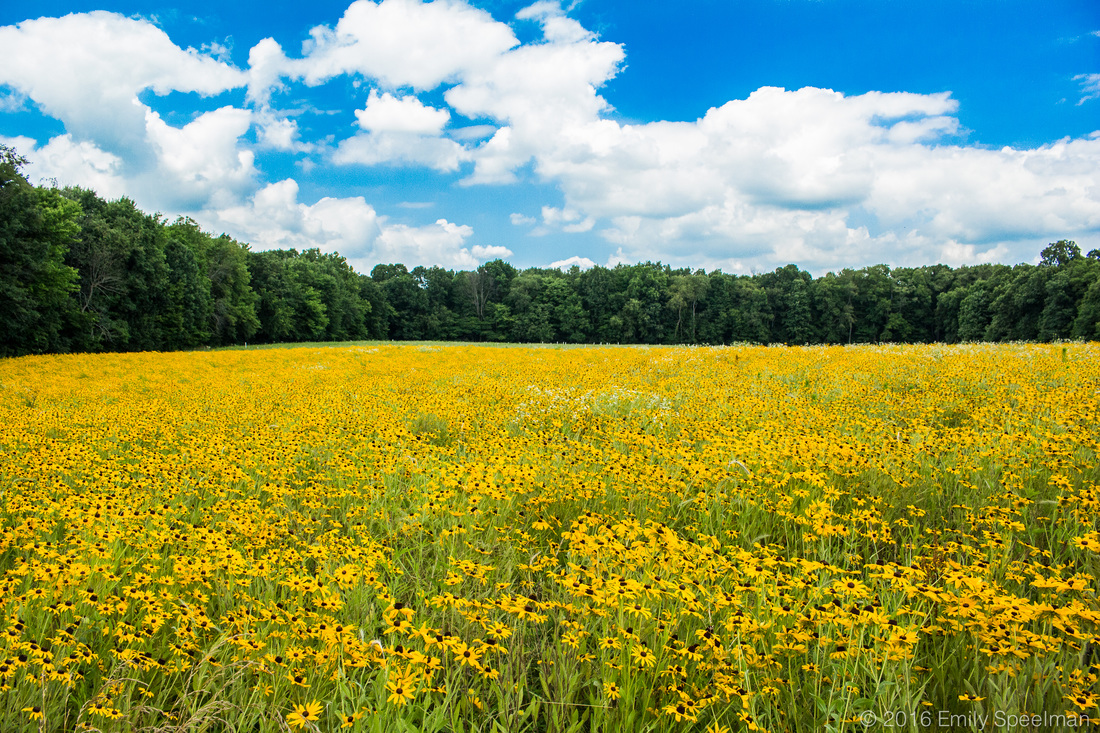



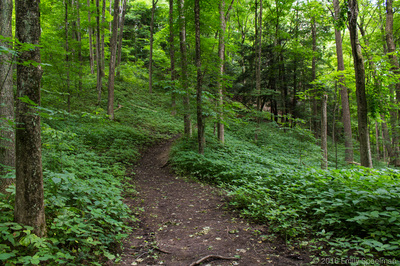
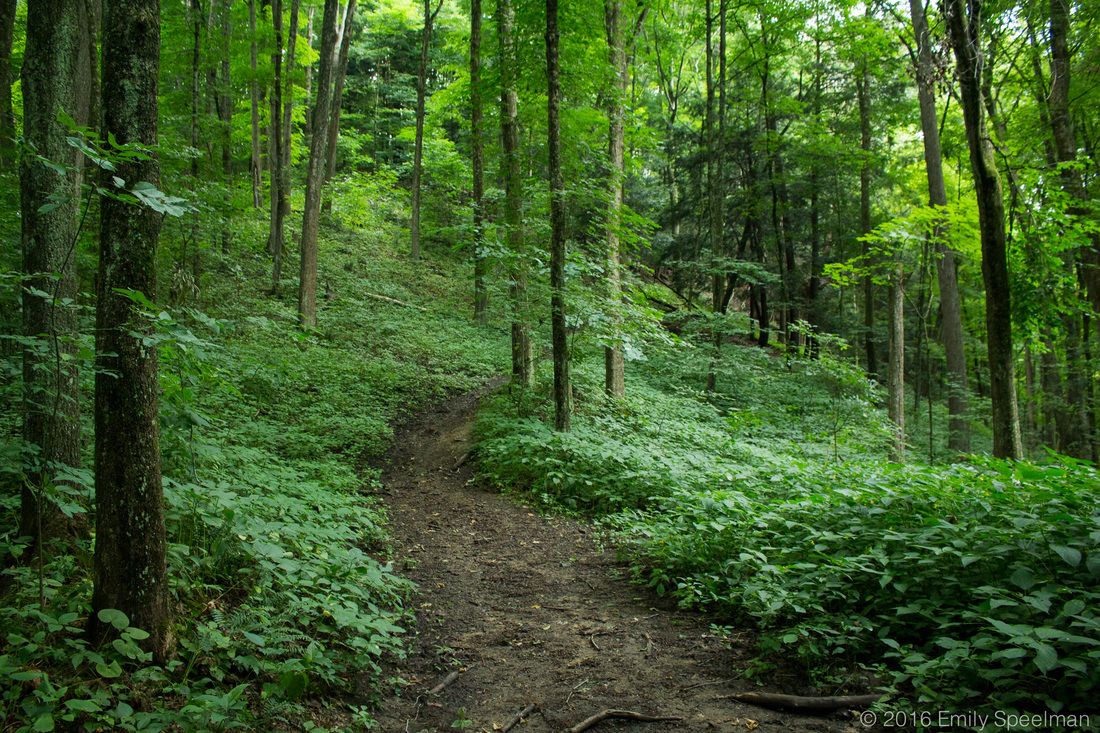




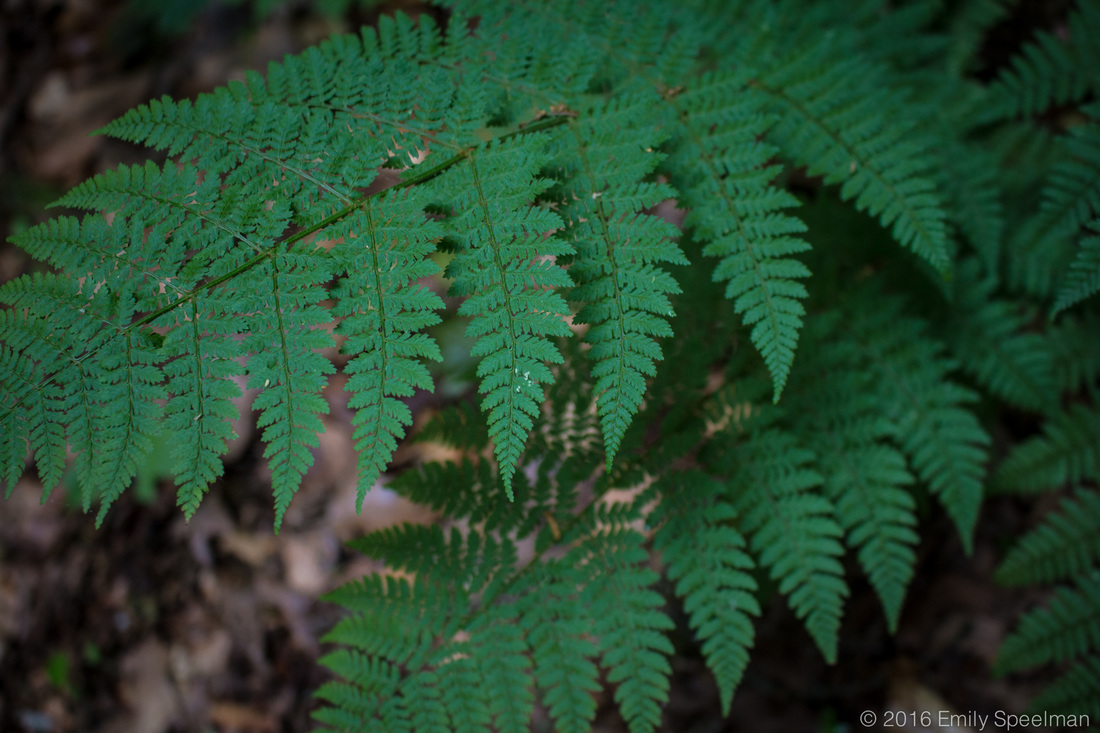
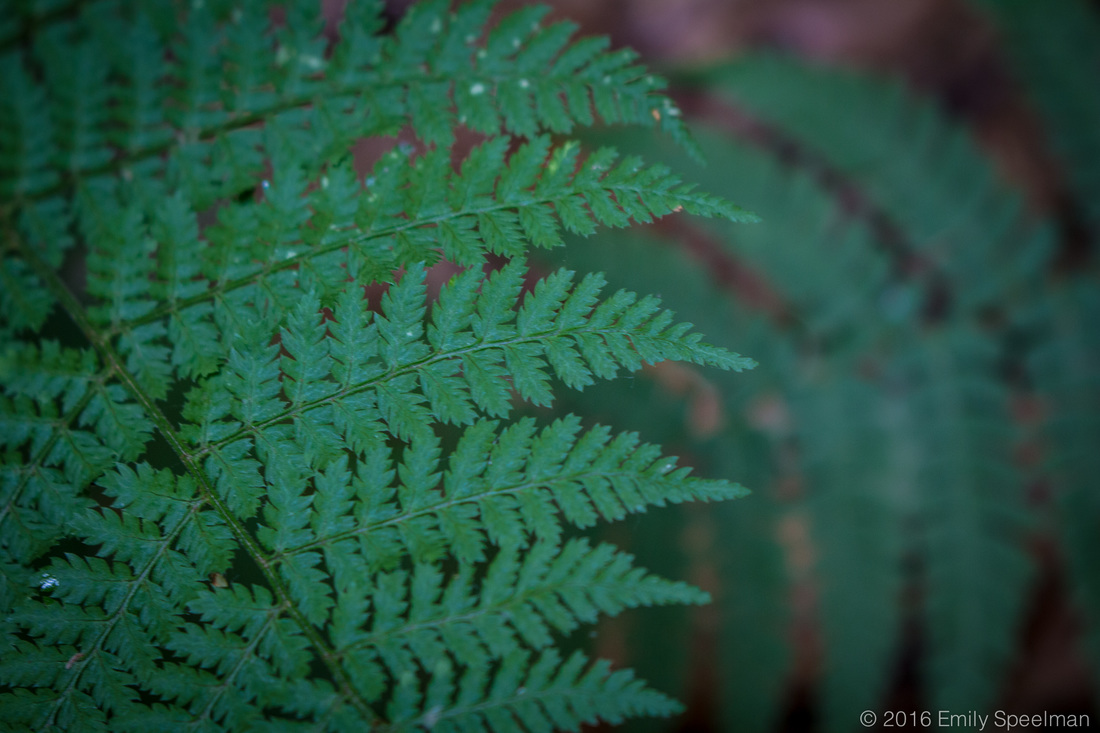


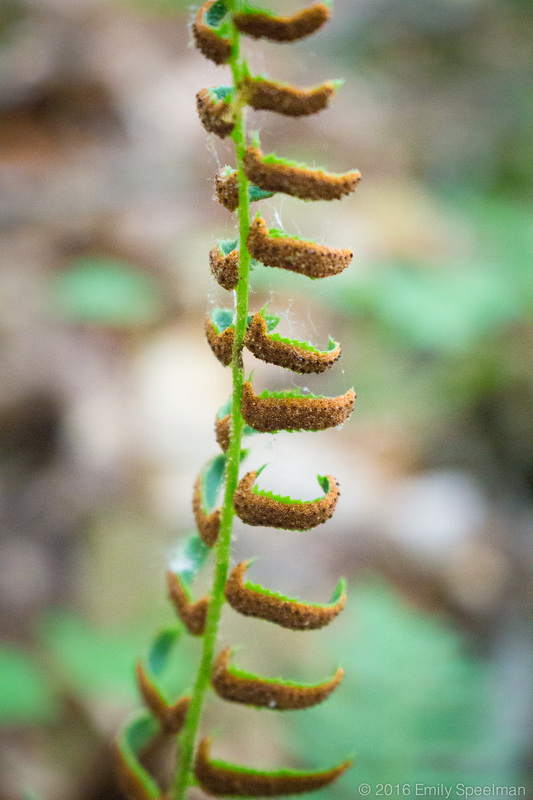
 RSS Feed
RSS Feed